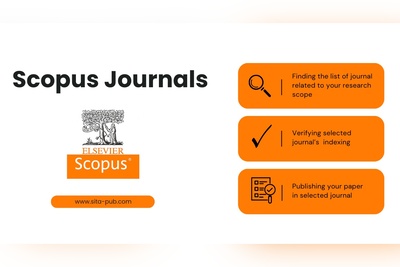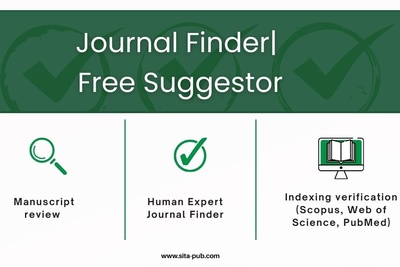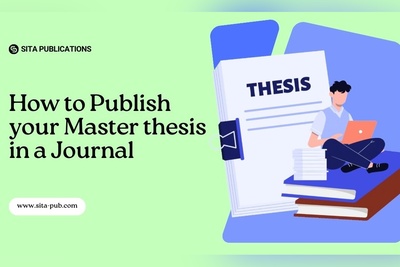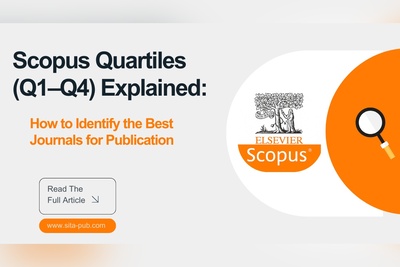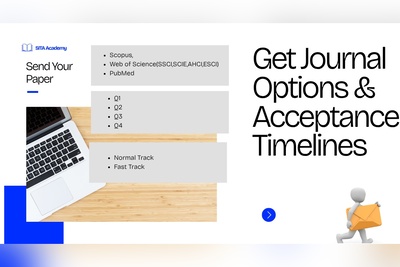How to Find Suitable Web of Science Journals for Your Paper
Learn how to find suitable Web of Science (WoS) journals for your research paper. This practical guide explains WoS indexing types, quartiles, journal finder tools, and key comparison criteria to help you select the right journal with confidence.
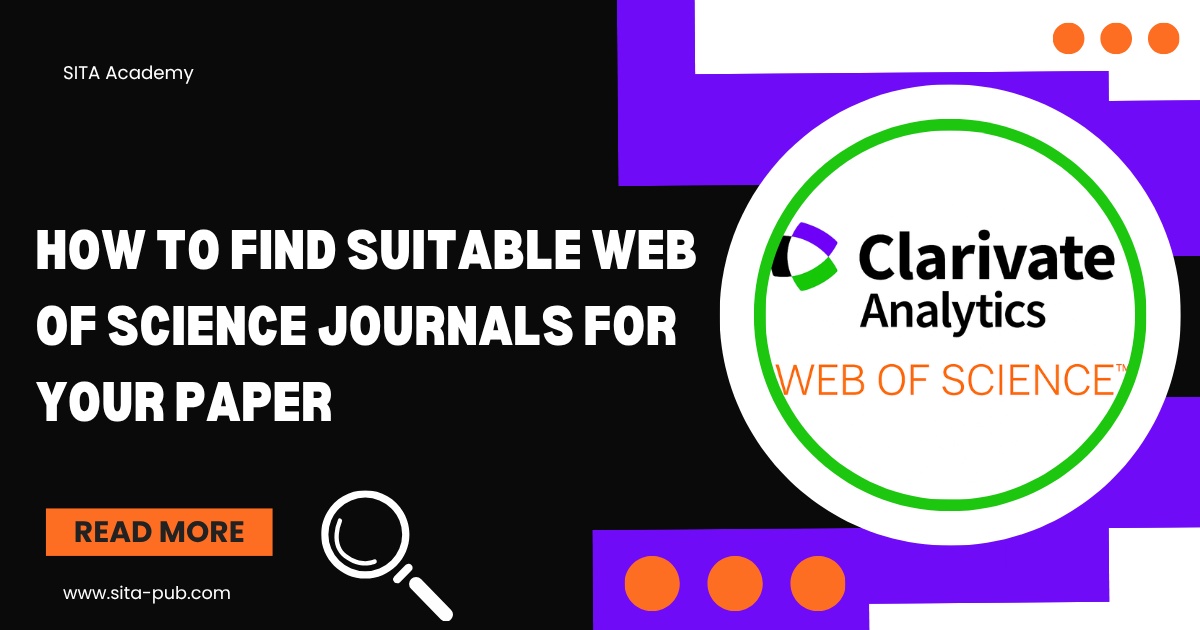
Publishing your research in a Web of Science (WoS) indexed journal is a major milestone in academic success. However, choosing the right journal can be just as important as writing a strong paper. The right journal helps your research reach the right audience, ensures academic credibility, and meets your university or funding requirements.
This guide explains what Web of Science journals are, how they are categorized, and provides practical steps, tools, and a checklist to help you choose the most suitable journal for your paper.
What Are Web of Science Journals?
Web of Science (WoS) is one of the most prestigious global databases for academic research. Managed by Clarivate Analytics, it indexes high-quality, peer-reviewed journals across all disciplines, ensuring they meet strict editorial and ethical standards.
When a journal is indexed in Web of Science, it means its research quality and publishing practices have been verified — a key indicator of credibility.
Types of Indexing in Web of Science
Index Name | Description | Typical Journal Type |
Science Citation Index Expanded (SCIE) | Covers top-tier journals in science and technology | High-impact international journals |
Social Sciences Citation Index (SSCI) | Covers leading journals in the social sciences | Psychology, economics, education, etc. |
Arts and Humanities Citation Index (AHCI) | Focused on arts, literature, philosophy, and humanities | Scholarly humanities journals |
Emerging Sources Citation Index (ESCI) | Includes promising new journals under evaluation for SCIE/SSCI | Growing journals, often newer but reputable |
Book Citation Index (BKCI) | Covers academic books and book chapters | Research monographs |
Conference Proceedings Citation Index (CPCI) | Covers peer-reviewed conference papers | Engineering, computer science, etc. |
Web of Science includes several specialized indexes. Each has different criteria and levels of recognition:
Understanding Quartiles (Q1–Q4)
Journals indexed in Web of Science are ranked into quartiles based on their Impact Factor (IF) and subject category:
Quartile | Meaning | Typical Impact |
Q1 | Top 25% of journals in their field | Highest impact and visibility |
Q2 | 25–50% range | Strong, reputable journals |
Q3 | 50–75% range | Moderate impact journals |
Q4 | 75–100% range | Entry-level or newer journals |
Universities often prefer Q1 or Q2 journals, but for early-career researchers, Q3 or ESCI-indexed journals can be good starting points for publication.
How to Find Suitable Web of Science Journals for Your Paper
Choosing a suitable journal involves more than just searching by topic. You must also consider university requirements, indexing preferences, and publication conditions.
Here’s a step-by-step approach:
Step 1: Identify Your Institution’s Indexing Requirements
Before searching, clarify what your university, funder, or promotion committee requires.
Typical requirements include:
Journal must be indexed in SCIE, SSCI, AHCI, or ESCI
Must have an Impact Factor listed in Journal Citation Reports (JCR)
May require a specific quartile (Q1/Q2)
Some institutions accept ESCI for early-career publications
Check your university’s publication policy or ask the Research Office before selecting a journal.
Step 2: Use the Web of Science Journal Master List
The Journal Master List (by Clarivate) is the official source for all indexed journals in WoS.
How to use it:
Enter the journal name, ISSN, or keywords related to your topic.
Check which index it belongs to (SCIE, SSCI, AHCI, or ESCI).
Review its publisher, discipline, and country.
This ensures the journal you’re targeting is truly indexed and legitimate.
Step 3: Use Journal Finder Tools
If you want automated recommendations, use journal-finding tools that match your paper’s title, abstract, or keywords with suitable journals.
Popular Tools:
Tool | Platform | Features |
Web of Science Journal Finder | Clarivate | Matches keywords with indexed journals; shows IF and quartile |
Elsevier Journal Finder | Elsevier (Scopus) | Suggests journals by scope and article type |
Springer Journal Suggester | Springer Nature | Analyzes title and abstract |
IEEE Publication Recommender | IEEE | Best for engineering and computer science |
SITA Academy Journal Recommendation Service | SITA Academy | Personalized matching with >90% acceptance probability based on paper quality and topic |
These tools are practical starting points for finding relevant and reputable WoS-indexed journals.
Step 4: Compare Journals Before Making a Final Choice
Before deciding, compare several potential journals side-by-side. This ensures the best match in terms of scope, reputation, and publication conditions.
Journal Comparison Guide
Factor | Description | Why It Matters |
Scope & Field | Check if your topic aligns with the journal’s aims and scope | Mismatch can lead to desk rejection |
Indexing | Verify if it’s in SCIE, SSCI, AHCI, or ESCI | Determines academic value and recognition |
Impact Factor / Quartile | Indicates visibility and ranking | Higher IF = higher prestige |
Article Processing Charges (APC) | Some journals charge publication fees | Important for budgeting |
Peer Review Time | Average review period (4–12 weeks typical) | Affects publication speed |
Acceptance Rate | Estimated % of accepted papers | Indicates competitiveness |
Open Access Option | Determines if it’s free to read or subscription-based | Impacts readership |
Publisher Reputation | Established publishers (Springer, Taylor & Francis, Wiley, etc.) | Ensures reliability |
Comparing these aspects helps you make an informed decision rather than relying solely on impact factor.
Step 5: Use Personalized Journal Recommendation Services
For researchers who prefer expert guidance, professional journal recommendation services can analyze your paper and find the best-fit journals.
At services like SITA Academy, experts consider:
Your paper’s topic, quality, and methodology
Target indexing (Scopus, WoS)
Acceptance probability
Publication time and budget
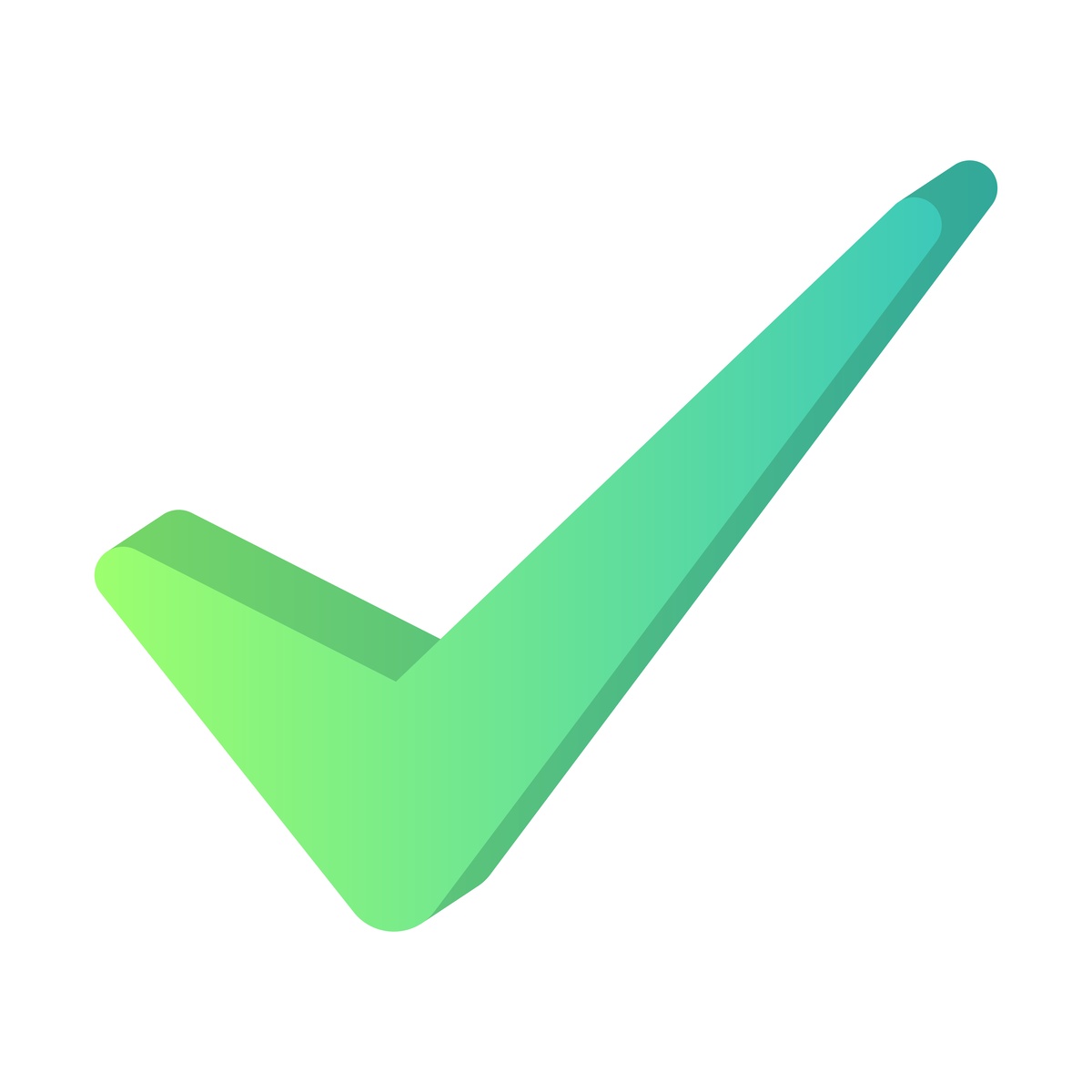
This human-guided approach ensures precision and saves time, especially for new researchers unfamiliar with the indexing system.
Checklist Before Final Journal Selection
Use this checklist to confirm your final choice before submission:
The journal is officially indexed in Web of Science (SCIE/SSCI/AHCI/ESCI)
It fits the scope and focus of your research topic
It has a clear and ethical peer-review policy
The Impact Factor or quartile meets institutional requirements
The APC fits your budget
The publisher is reputable and transparent
The average review and publication time aligns with your timeline
It provides Open Access options (if required by your funding body)
It is not a predatory or fake journal
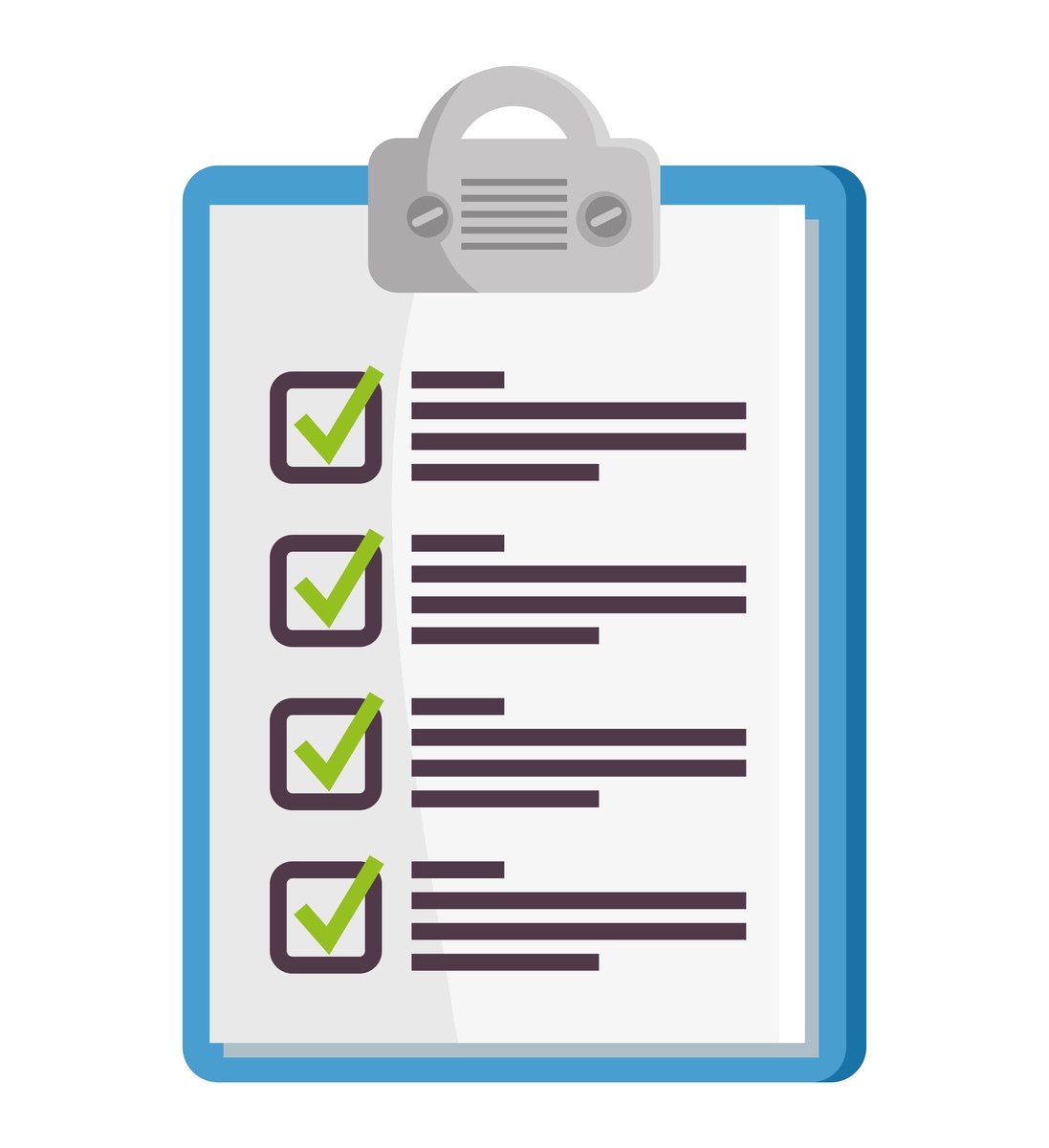
Conclusion
Finding a suitable Web of Science journal for your paper is a strategic process that combines research, evaluation, and informed decision-making. Understanding indexing types, quartiles, and the tools available helps you identify journals that not only fit your topic but also meet institutional expectations and maximize your paper’s visibility.
By using resources like the Web of Science Master Journal List, journal finder tools, and expert support services, you can confidently submit your research to a reputable journal — increasing your chances of acceptance and global recognition.
Process of Submitting an Order in SITA Academy

Share Your Research Scope |

Receive Journal List |

Select Your Journal |

Formatting & Submission |
